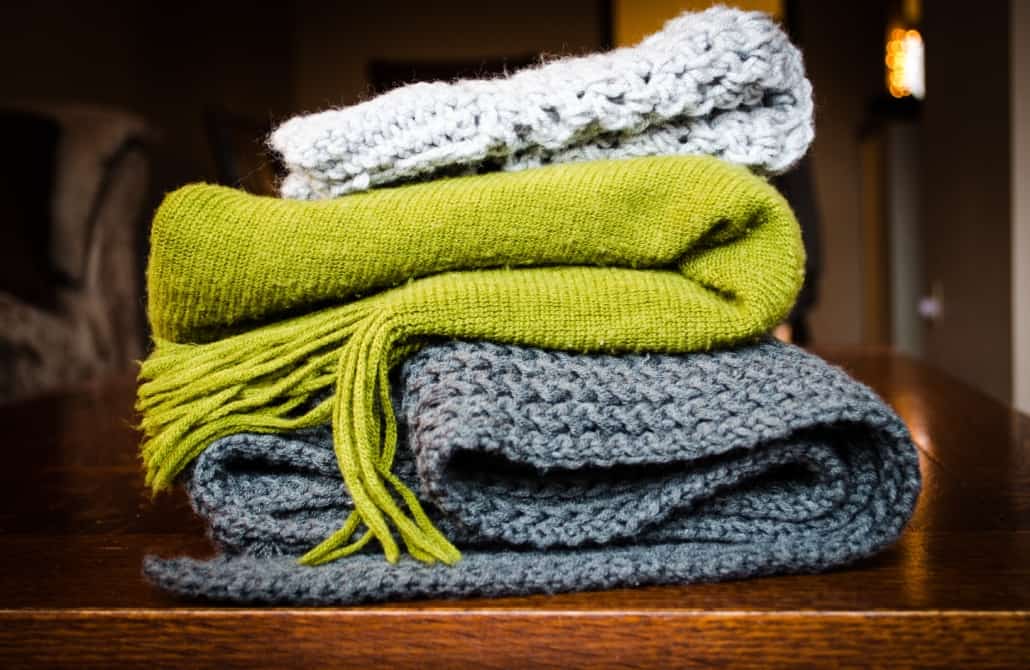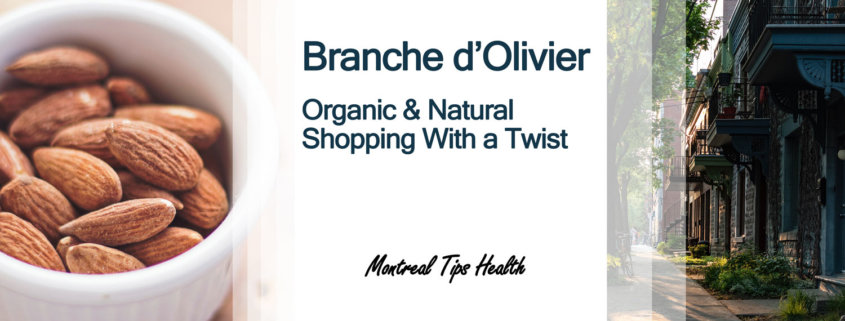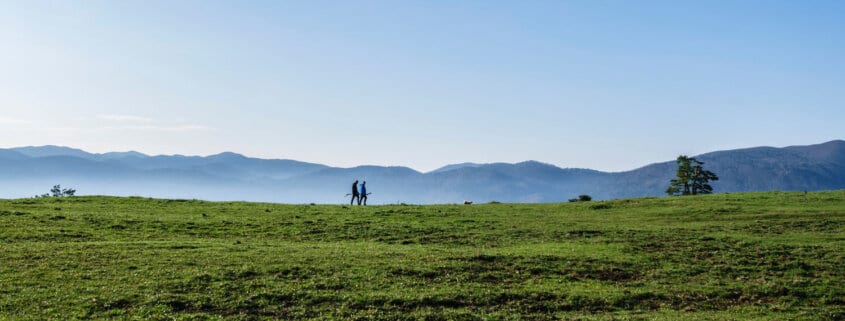Top Parks To Visit on the Island of Montreal This Winter
Ah, Montreal parks. The perfect setting for people watching, romantic strolls, picnics with friends, quirky activities like slack-lining, quidditch, extreme frisbee or practicing cartwheels because, why not? At least they’re great for all that (and more) in the summer and fall. But, what about winter?
Don’t despair, folks. The parks stay open year round, and there’s plenty to do at Montreal’s parks throughout the long winter months!
Here are 4 of the best parks in Montreal to visit in winter:
1. Parc la Fontaine
Located in le Plateau, Parc la Fontaine is bordered by Sherbrooke, Avenue du Parc La-Fontaine (obvs), Rachel and Papineau. It’s a great park for a stroll, a picnic, chilling by the duck pond or kicking back with a good book. In the winter, it transforms into a snowy wonderland, surrounded by some of the city’s trendiest hotspots.
Why it’s awesome for winter:
The skating! There’s something truly romantic about this park, so while you can definitely take the family skating, or go for a pick up hockey game, it’s a really special spot for an evening skate with your special someone. Don’t have skates? No worries! You can rent skates at the onsite chalet. You can also get your own skates sharpened there if you quite literally had to dust yours off. There’s also a little restaurant onsite to grab a snack or a hot drink, but…
Kick it up a notch:
In case you weren’t aware, you can drink alcohol in Montreal’s public parks! The catch is, you have to be consuming a meal if you’re drinking. Ah, but there’s another catch! There’s really no definition of what constitutes a meal. So, if you were to bring a few yummy pastries or holiday baking alongside your thermos of spiked hot chocolate or egg nog, you’re probably good to go! If that isn’t the perfect budget-friendly, yet romance-packed date night, we don’t know what is!
More awesomeness:
Though the park is known more for its beautiful skating rink in the winter, you can also use the cross-country skiing or snowshoeing trails throughout the winter. Even just a snowy stroll through the park can be pretty special.
2. Parc Mont Royal
Pretty much all of the mountain (note to non-Montrealers: it’s more of a large hill than an actual mountain, but to Montrealers it is 100% “the mountain”) is Parc Mont Royal and since that’s a lot of ground to cover, there’s an awful lot to love about it. 
Why it’s awesome for winter:
Snow tubing! There are a few spots on the mountain where you can bring your own sled and coast down the hill, but the groomed tubing tracks overlooking Beaver Lake are hands down some of the most fun you can have in Montreal during the winter!
You rent a tube onsite (prices for this year have not yet been announced, but have always been extremely affordable in the past) and if you bring your own lock, you can make use of one of the onsite lockers so you can whoosh down the hill at top speed without a care in the world!
This is obviously an awesome activity for kids, but if you’re an adult or semi-adult and feeling nostalgic for the days when snow felt thrilling and magical, trust us… there is no joy quite like tubing! So slap on your snow pants and get ready to yeehaw!
Kick it up a notch:
Scrap the office Christmas party this year and take the whole team out to the hills for a day of totally unprofessional fun! When was the last time you fell into a fit of giggles with your coworkers? Forget the team building exercises. Nothing bonds a team together like tubing!
More awesomeness:
Like we said, this is a BIG park. Aside from tubing, there’s also snowshoeing, cross country skiing, bird watching, skating, hiking and more!
3. L’Escapade in Rigaud
So this one’s actually outside the city and – bit of a bummer – not accessible by public transportation. It’s about a 45 minute drive away in the town of Rigaud, but it makes our list because…
Why it’s awesome for winter:
The cross country skiing! L’escapade is a linear park. Yes, that is a boring description, but what it means is that the park is a lot longer than it is wide. Because of that, it’s the perfect layout for trails! There are about 27 kms of groomed ski trails in gorgeous l’Escapade park. The 27 kms are divided into five distinct trails, rated from easy to difficult. Given the length of the trails, you can really make a full day of it.
Kick it up a notch:
Combine your ski day with a little history! Rigaud is a town packed with historic sites and rich in quebecois culture. Sure, there’s plenty of history in Montreal as well, but this is a little different and immersing yourself in the roots of Quebec culture is an experience every Montrealer should have. So, spend a morning skiing the trails, then stop for lunch before visiting one (or more) of the many stops along the heritage and cultural circuit.
More awesomeness:
If you’ve never tried snowshoeing, this might be the perfect opportunity as you can rent the equipment onsite. There are also walking trails open year round, and while dogs are not allowed on the ski trails, they are more than welcome to join you for some furry fun on the walking and snowshoeing trails.
4. Parc Jean-Drapeau
This is probably the most action-packed park the city has to offer. Year round, there are all kinds of events and activities happening at Parc JD. Located on Île Sainte Hélène, Parc Jean-Drapeau is surprisingly easy to get to with plenty of parking and access via the metro’s yellow line. In the summer, you can even take a river shuttle from the Old Port. But in winter…
Why it’s awesome for winter:
Fȇte des neiges! For the 37th year in a row, this event will be bringing the joy of winter to Montrealers for four weekends in a row. This year’s festival will include the ice boat (a giant pirate ship made of ice), snow tubing, a refrigerated skating trail, boot hockey games to join, a human foosball game, an “alpine adventure” activity organized by Cirque Éloize acrobats and much more. There’s even a mini-hill and equipment for kids to take their first shot at downhill skiing or snowboarding!
This is definitely a family friendly festival, with plenty of activities for kids of all ages, but it is by no means exclusively for kids and families. The ice slides are fun for everyone, there are plenty of activities to join in, and last year’s festival had amazing food trucks to sample some of the best cuisine in the city. This year’s food truck lineup is gearing up to be just as delicious.
Kick it up a notch:
Access to just the festival is free, but some activities require a ticket. Opt for the ridiculously affordable pass and you get unlimited access to all activities for ALL 4 WEEKENDS of the festival! Skate one day, go tubing the next, eat yourself silly at the food trucks, take a snowshoeing lesson, join a game of boot hockey, then do it all again!
More awesomeness:
If you opt for the festival pass, you also get free admission the Stewart Museum, which has great exhibits and programming for all ages, as well as 25% off admission to the Biosphere. If you’re tired of hearing “I’m bored” from your kids… or partner… or friends… there’s four straight weekends packed with activities!
What’s your favourite Montreal (or nearby) park to visit in the winter? Share it in the comments!
Read more about some activities that you can do this winter in Montreal.
Also make sure you are all set for winter, and see what we recommend for a Canadian winter Jackets



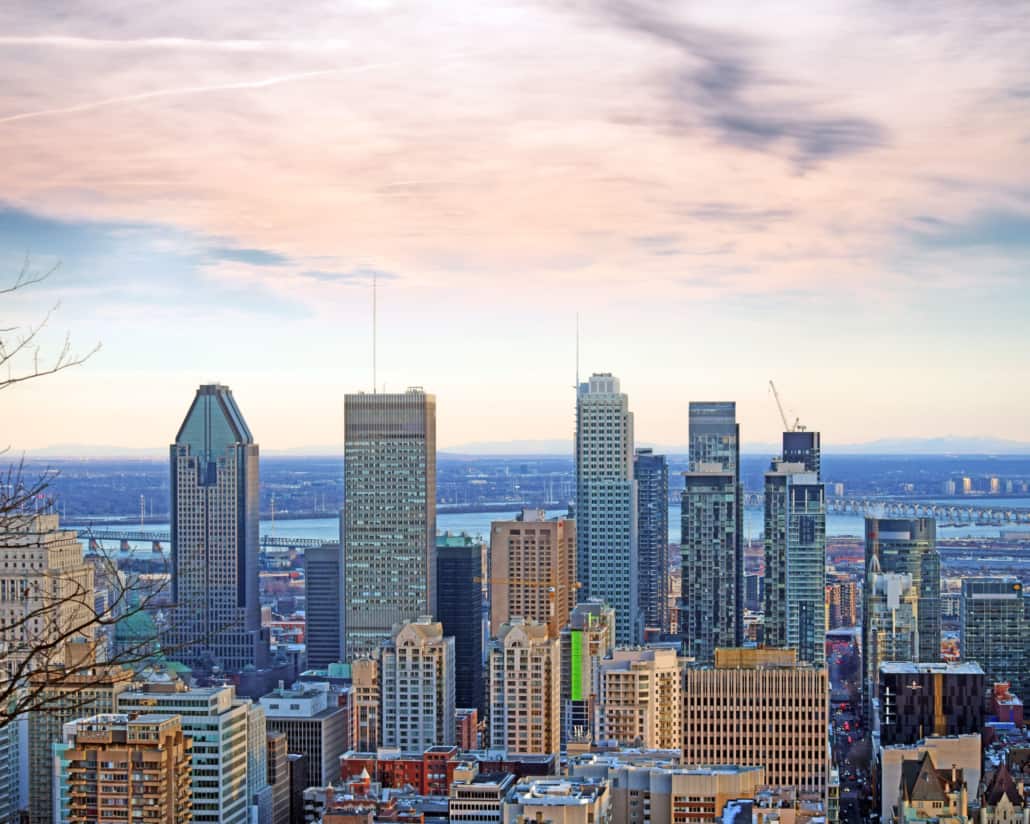
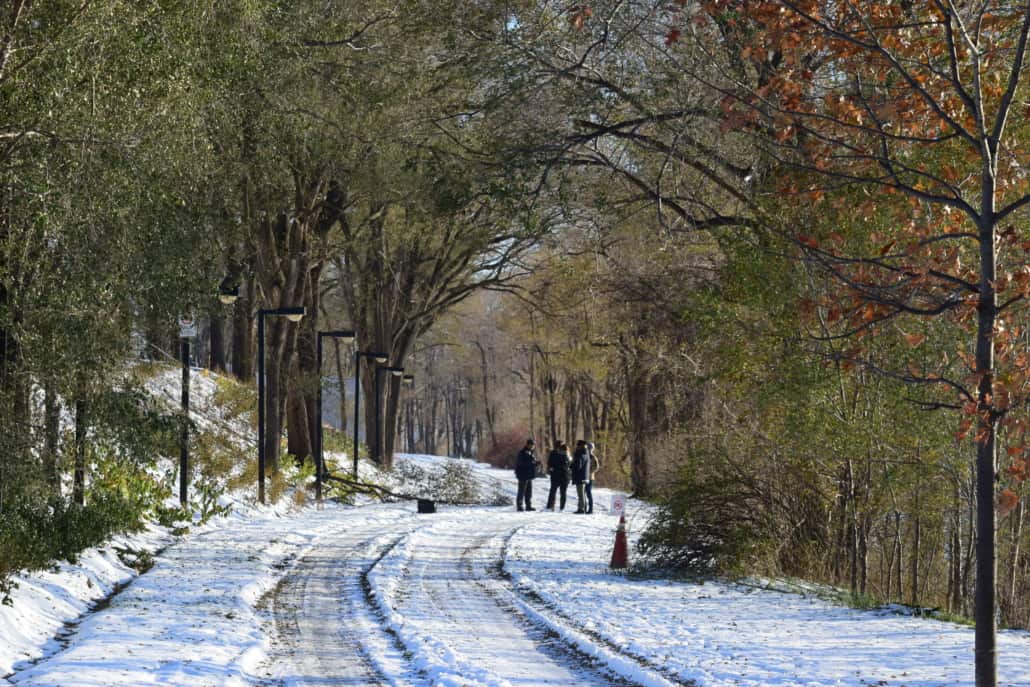

 Photo by Deanna J on Unsplash
Photo by Deanna J on Unsplash




 Photo by freestocks.org on Unsplash
Photo by freestocks.org on Unsplash


